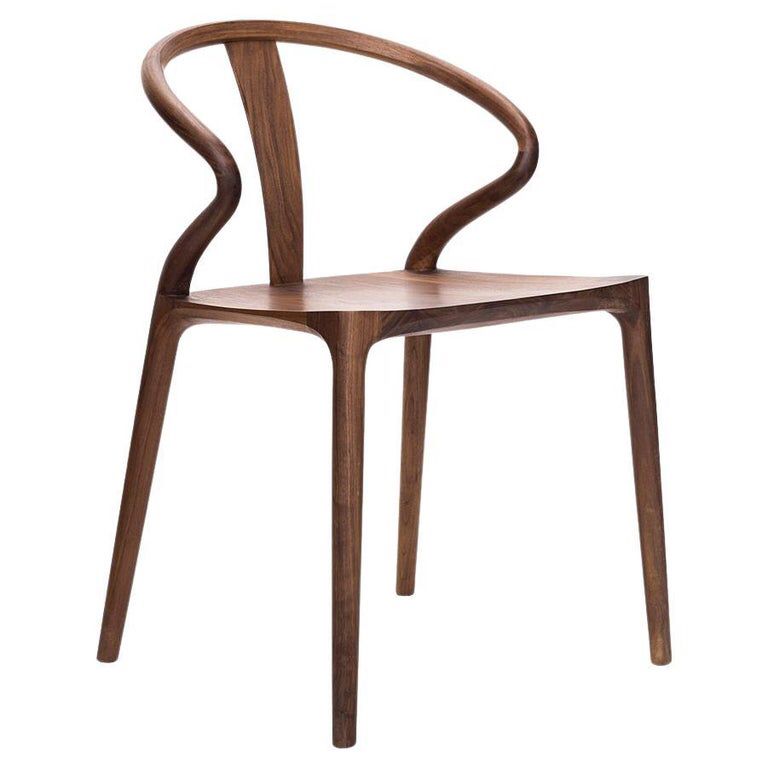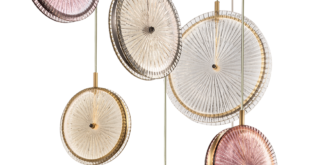
Chinese furniture has a rich history dating back thousands of years, with its roots in traditional woodworking techniques and designs. Influenced by the various dynasties that ruled China, each period brought its own unique style to the furniture produced. Throughout history, Chinese furniture has been highly regarded for its intricate craftsmanship, attention to detail, and use of high-quality materials such as rosewood, elm, and bamboo. Traditional Chinese furniture often features intricate carvings, curved lines, and elegant simplicity, with a focus on harmony and balance. In modern times, Chinese furniture has evolved to incorporate contemporary designs while still maintaining its traditional roots. Chinese furniture is highly sought after by collectors and interior designers for its beauty, craftsmanship, and cultural significance, making it a popular choice for those looking to add a touch of Eastern elegance to their homes.
Chinese furniture is known for its rich history and exquisite craftsmanship dating back thousands of years. Traditional Chinese furniture designs are characterized by elegant simplicity, fluid lines, and a harmonious balance of form and function. These pieces often feature intricate carvings, lacquer finishes, and unique joinery techniques that have been passed down through generations of skilled artisans.
One of the most iconic types of Chinese furniture is the Ming-style furniture, which originated during the Ming dynasty (1368-1644). Ming-style furniture is revered for its clean lines, graceful proportions, and use of high-quality materials such as rosewood, elm, and bamboo. These timeless pieces have a timeless appeal and are favored by collectors and interior designers for their classic beauty and understated elegance.
Another notable aspect of Chinese furniture is its close connection to Chinese philosophy and culture. Traditional Chinese furniture is often imbued with symbolic meaning, with certain designs, motifs, and materials carrying auspicious connotations. For example, a pair of chairs may symbolize marital harmony, while a carved motif of a bat could signify good luck and prosperity. This cultural significance adds an extra layer of depth and meaning to Chinese furniture, making each piece a work of art with a story to tell.
Overall, Chinese furniture is much more than just functional pieces of decor – it is a reflection of Chinese history, culture, and craftsmanship. It continues to inspire and captivate admirers around the world with its timeless beauty and enduring legacy. Whether displayed in a museum, a home, or a commercial space, Chinese furniture is sure to make a statement and leave a lasting impression on all who encounter it.
 home decor trends
home decor trends



